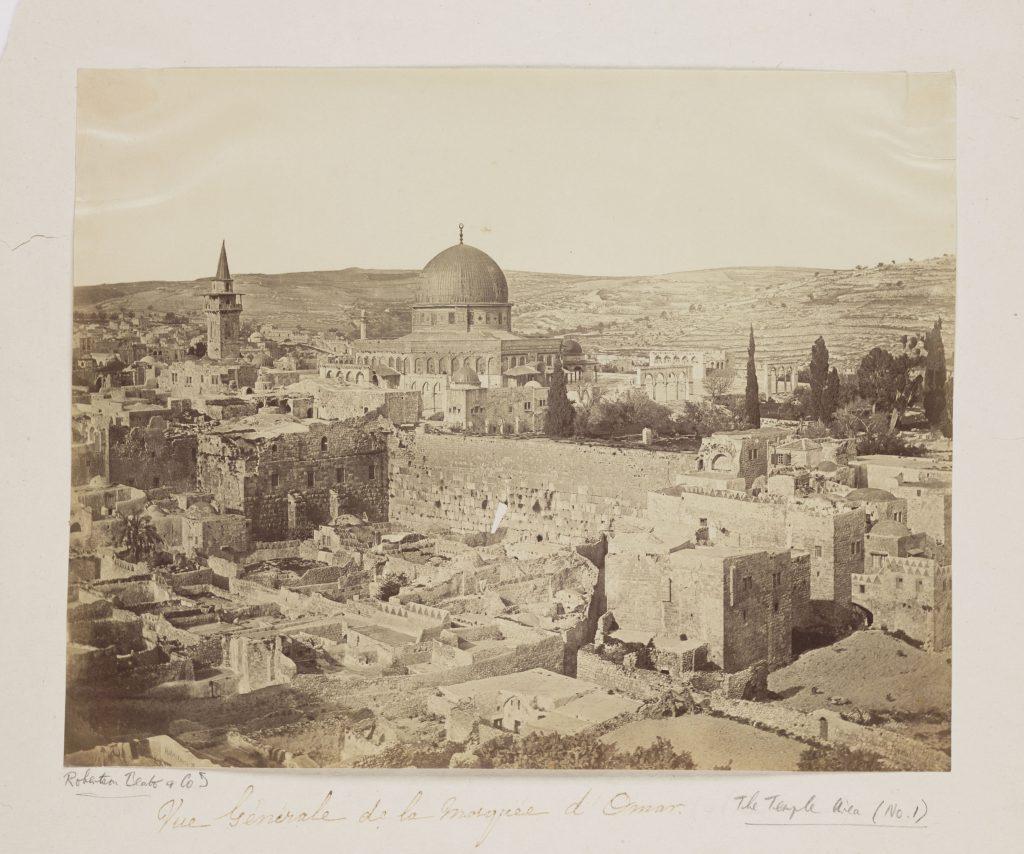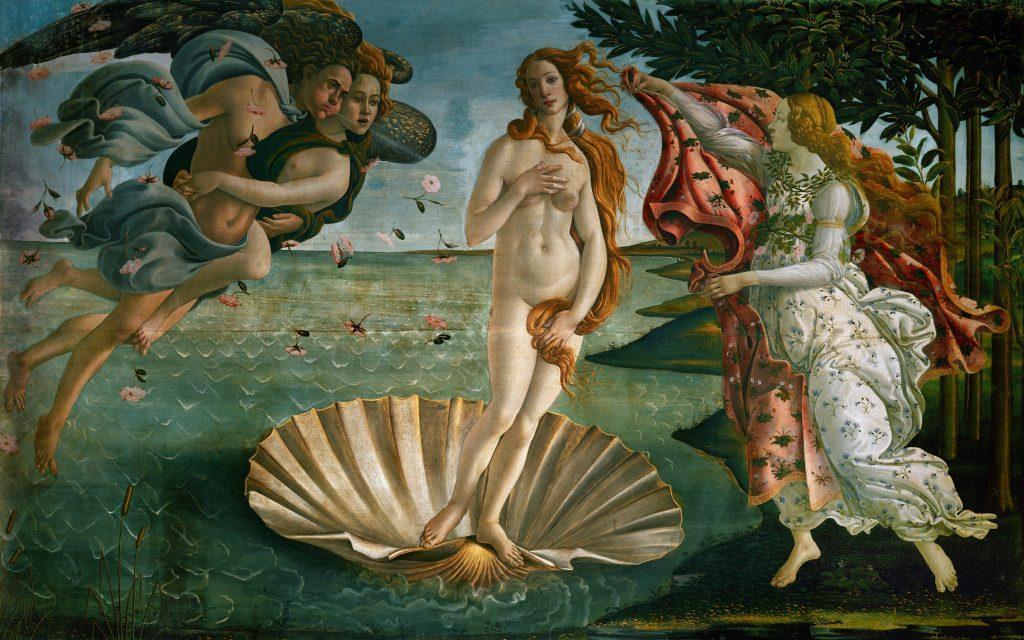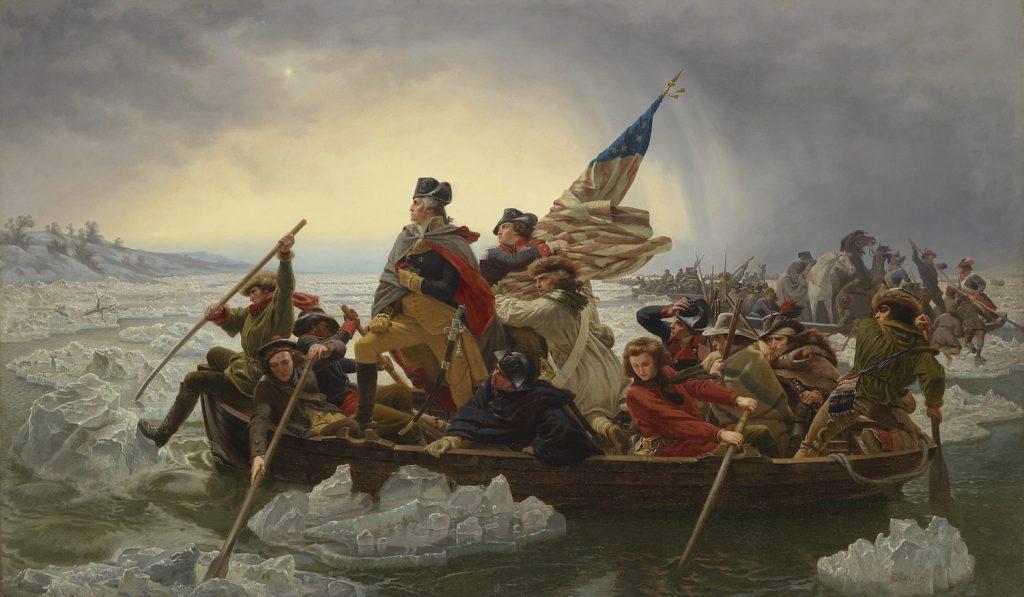(MENAFN- USA Art News) Hit mute and the series , now streaming on Netflix after premiering on BBC2 last year, presents as a hackneyed television documentary complete with historical reenactments, expert interviews, and dramatic drone shots. Doing so, however, deprives presenter Philomena Cunk (played by Diane Morgan) her absurd survey of world history and yourself a good laugh.
Across five episodes of British mockumentary-other installments of which, such as and , have been airing since 2016-Cunk walks viewers from the sand triangles of ancient egypt , through the Italian“Rene-sauce,” and into the Jobs vs. Gates computing age. Along the way she leads unwitting academics into discussing the root vegetable culture of the“Soviet Onion,” why bicycles don't have toilets attached, and whether Manifest Destiny made the westward colonists god's bitches.
Sporting the same tweed outfit throughout, Cunk is deadpan earnest, linguistically literal, and randomly obsessed with the 1989 Belgian techno anthem“pump up the jam .” The show's power rests in its uncanny ability to reveal art-historical truths, even if its host doesn't (or does she?) know it. Here are five things Cunk gets right.
1. Cave paintings as a form of cinema
As the average lifespan of early humans grew longer, they began creating works of art“to find something to do on the long and boring evenings,” as Cunk put it. Cave paintings grew increasingly complex, eventually depicting carefully composed scenes of animals and people. These, Cunk quipped, were like a 2D Palaeolithic equivalent of . She's not far off, according to recent archaeological research that suggests many cave paintings were designed to be seen by flickering torchlight. They most likely formed part of shamanistic rituals-the play of firelight giving life and motion to static images-with academics labelling them a type of prehistoric cinema.
2. Pompeii revealed the liberal sexual attitudes of ancient Romans The Vesuvian debris that fell on Pompeii and froze the city in 79 C.E.“preserved glimpses of how sophisticated Roman life was with creature comforts like cunnilingus,” Cunk said, as an image of a woman being pleasured appears on-screen. Although the sexual openness of Romans was known prior to Pompeii's discovery, the Empire's conversion to Christianity under Constantine brought social conservatism. This made Pompeii's countless erotic frescoes and sculptures of well-endowed men all the more valuable. During an 1819 visit, King Francis I of Naples was horrified by the proclivity of sexual images and ordered them locked away. Only in the past 20 years have they returned to public viewing and received scrupulous academic study. Most recently,“art and sensuality in the houses of pompeii ,” an exhibition of 70 scorching hot relics was staged at the Pompeii Archaeological Park.
3. Mosques preserved, popularized, and enhanced the dome

The Dome of the Rock 1855. (Photo by SSPL/Getty Images)
Domes were a common feature for religious buildings in the architectural landscape in which Islam emerged, as evidenced by the close similarities between Jerusalem's Church of the Holy Sepulcher and the dome of the rock . In Europe, however, basilicas and later vaulted Gothic style sites of worship were more common in the Middle Ages, as suggested by Cunk's assertion that“Islam represented a radical break from previous religions because the buildings it happened inside of were a slightly different shape.” Domes became one of the core features of mosques, leading Islamic architects to develop and enhance their use long before they once again found a place in Europe during Renaissance.
4. Giraffes in the Renaissance

Sandro Botticelli, (1486). Photo: Imagno/Getty Images.
Standing in front of an undersized copy of Sandro Botticelli's (1486) Cunk asked Gus Casely-Hayford, the director of V&A East:“Her neck's very long. Was she part giraffe or could [Botticelli] just not do necks?” Such is Venus's beauty that at first we don't notice her unnaturally long neck (or the odd angle of her left shoulder). Botticelli's contemporaries, however, would have noticed-long necks (along with a high forehead plucked of hair) were a Renaissance beauty ideal and one he used frequently such as in . Then, there's the giraffes. The long-necked mammal was seen as a sign of wealth and exoticism in 15th- and 16th-century Florence, and the Medici family, which likely commissioned , at one time owned a giraffe, a gift from the Sultan of Egypt that appeared in works by Domenico Ghirlandaio and Francesco Bacchiacca.
5. The inaccuracy of Emanuel Leutze's

Emanuel Leutze, Washington Crossing the Delaware (1851). Image courtesy Christie's.
“Washington had to stand up for the whole journey because he hadn't reserved a seat,” Cunk said of the U.S. president's depiction in Emanuel Leutze's 1851 painting,“and didn't help with the rowing, which must have been annoying.” Washington's posture, as sarcastically pointed out, is only one of several flagrant inaccuracies in the work. For starters, the raid happened at night not in broad daylight. Next, there's the icebergs. Weather records evidence the crossing took place in a winter storm, but the presence of icebergs is apocryphal. The type of boat leutze painted is also dubious, with a flatboat ferry more likely. Historical inaccuracies aside, the Metropolitan Museum of Art was sufficiently unimpressed by the work's artistic value to leave it in the basement until popular protest in 1932 returned it to public viewing.























Comments
No comment